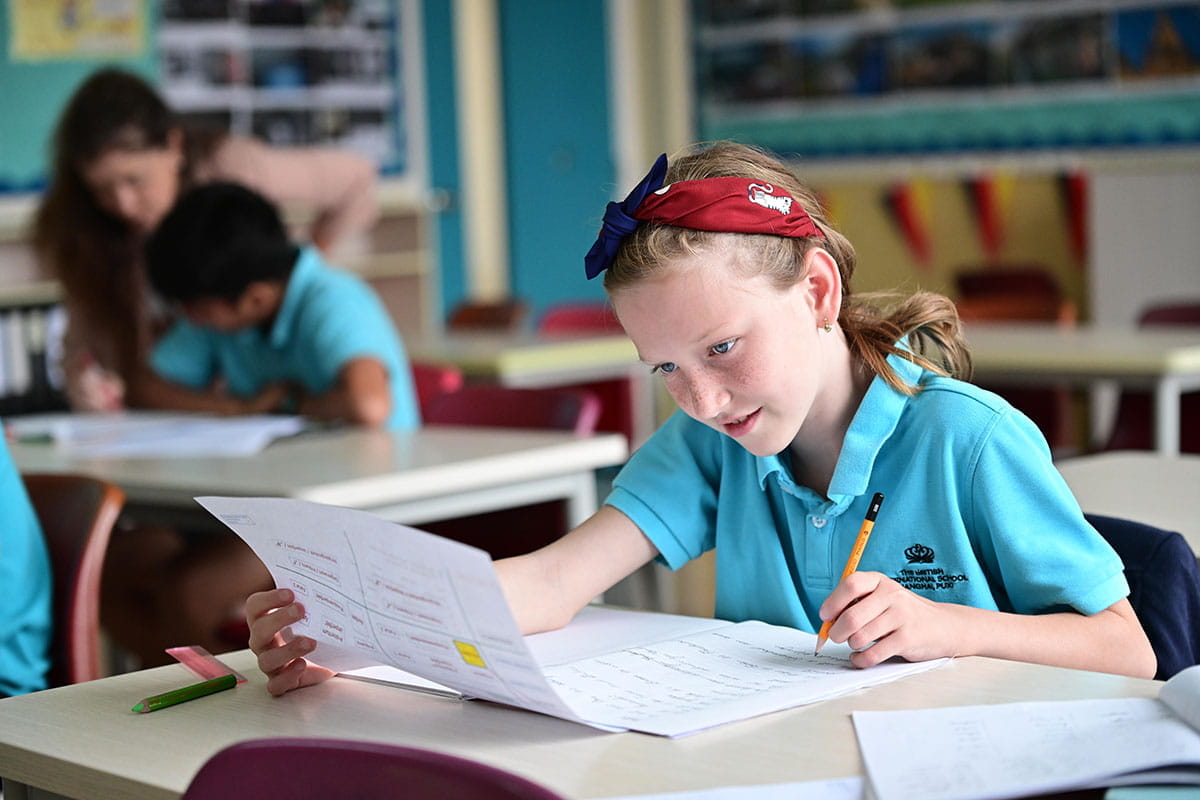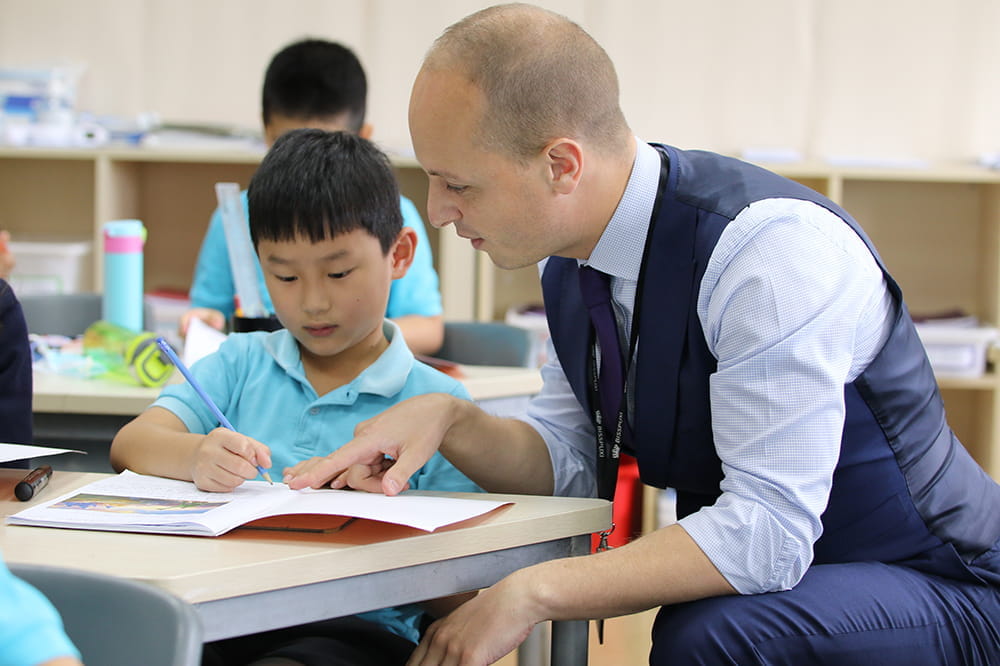We use cookies to improve your online experiences. To learn more and choose your cookies options, please refer to our cookie policy.
Open Days
Register for our Open Day!


For me, this is a difficult question to answer as there is not one answer; at BISS Puxi we look at several hundred versions of academic excellence as all children are different. Academic excellence differs between each student, each age group and each individual circumstance. What we can agree on, though, is that we need rigour, stimulation and the provision of experience.
A rigorous education is designed to challenge students to the correct level; to encourage them to use critical thinking skills and question their assumptions. At BISS Puxi, we have a rigorous curriculum that also offers support to children on a personalised level. White Rose Maths, a resource through which we deliver the National Curriculum for England, focuses on small steps towards mastery level in mathematics. These small steps mean that children are able to develop new knowledge, skills and understanding at their own pace and then, crucially, apply this in a real-life context. Children are not asked to merely memorise facts and strategies but also to be able to manipulate these to find solutions to mathematical problems.
Stimulation is provided throughout the year groups and is essential to ensuring that children are engaged with their learning. A walk around the school shows children using manipulatives in maths lessons; from counting fruit to the use of 3D printers for shape and measure. Children learn from each other and, now that we are back on campus, we can resume active learning with peer collaboration. When I see children teaching children, I know that mastery of learning is happening and being spread. Our new Early Years playground is an incredibly stimulating environment and I look forward to seeing sensational learning (and fun!) taking place.
Providing experiences is vital as they allow our children to assimilate information from many sources. Through White Rose Maths, our children are introduced to new concepts and strategies in concrete, pictorial and abstract methods. This method, sometimes known as the CPA method, was developed by leading educational psychologist Jerome Bruner. More can be found here should you wish to explore this concept further: CPA Approach Explained | Learn the Concrete, Pictorial, Abstract Method (mathsnoproblem.com) We don’t only stop here, though, as we look to broaden experiences through cross-curricular links. When Year 3 learn about dinosaurs, they can collect data linked to their characteristics, they can explore measurements of size and weight, and look at timelines to show passage of time. Mathematics is the ‘M’ in STEAM and we explore how this links with science, technology, engineering and the arts throughout our STEAM lessons. In the Da Vinci Centre, children can put their maths skills to the test using a plethora of resources – developing new experiences as they do so.
If one of these three vital ingredients of academic excellence is missing, there is a danger that a student will not engage with the curriculum. Our job is to find out what each of our students needs, for each of the above, in order for them to succeed!
About the author
Peter Anderton is the Head of Primary at the British International School Shanghai, Puxi. Peter’s ethos is ‘everything for the children’ and this drives all his decision-making, which will ensure clear direction of progress within the curriculum and the wellbeing of our children.
Peter grew up in Solihull, England and gained a Psychology degree before completing his PGCE in Primary Education. He taught in Birmingham, Brunei and in Qatar and enjoyed the similarities and differences between the three countries.
His hobbies include cooking and reading and he is an avid follower of rugby union.